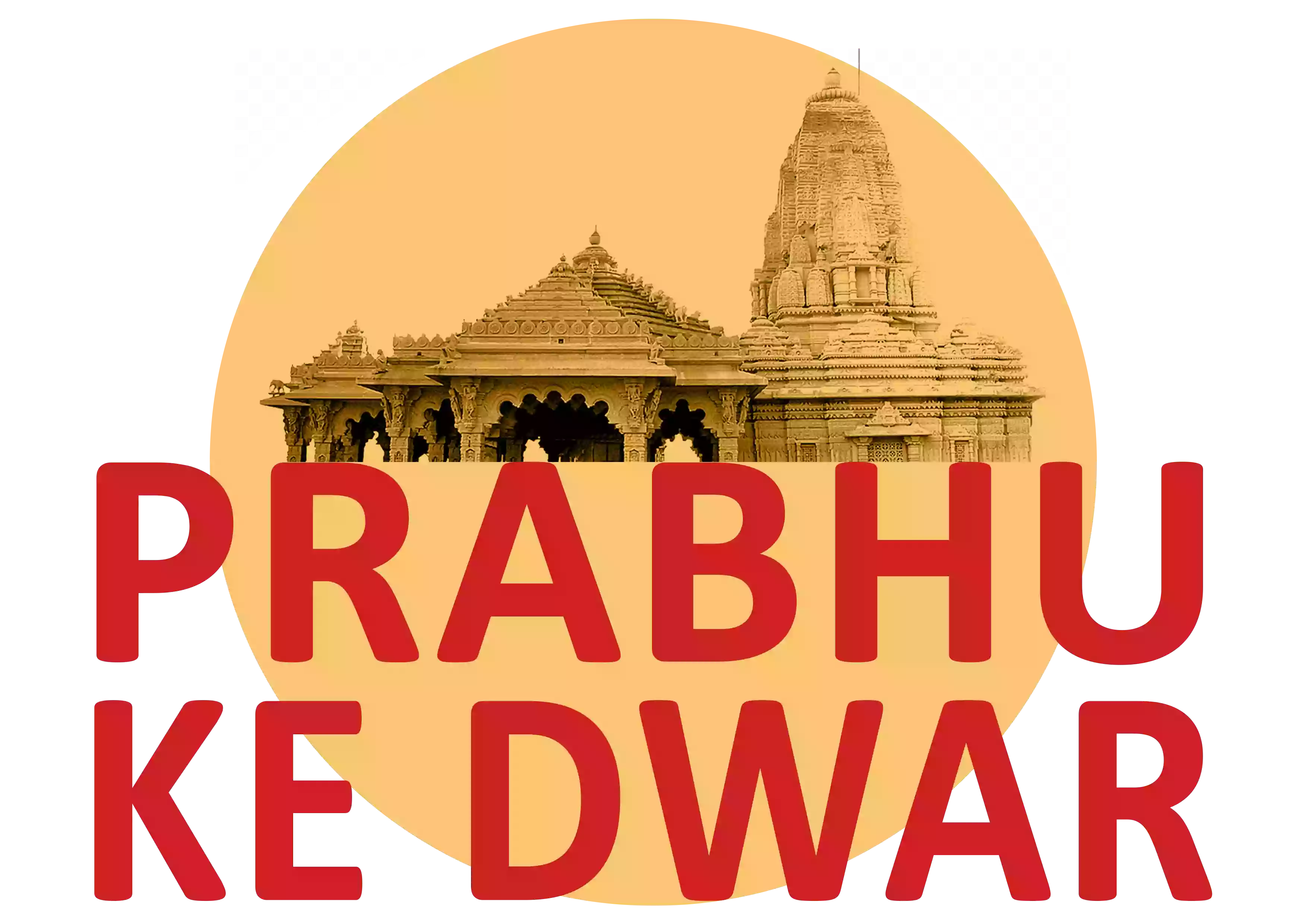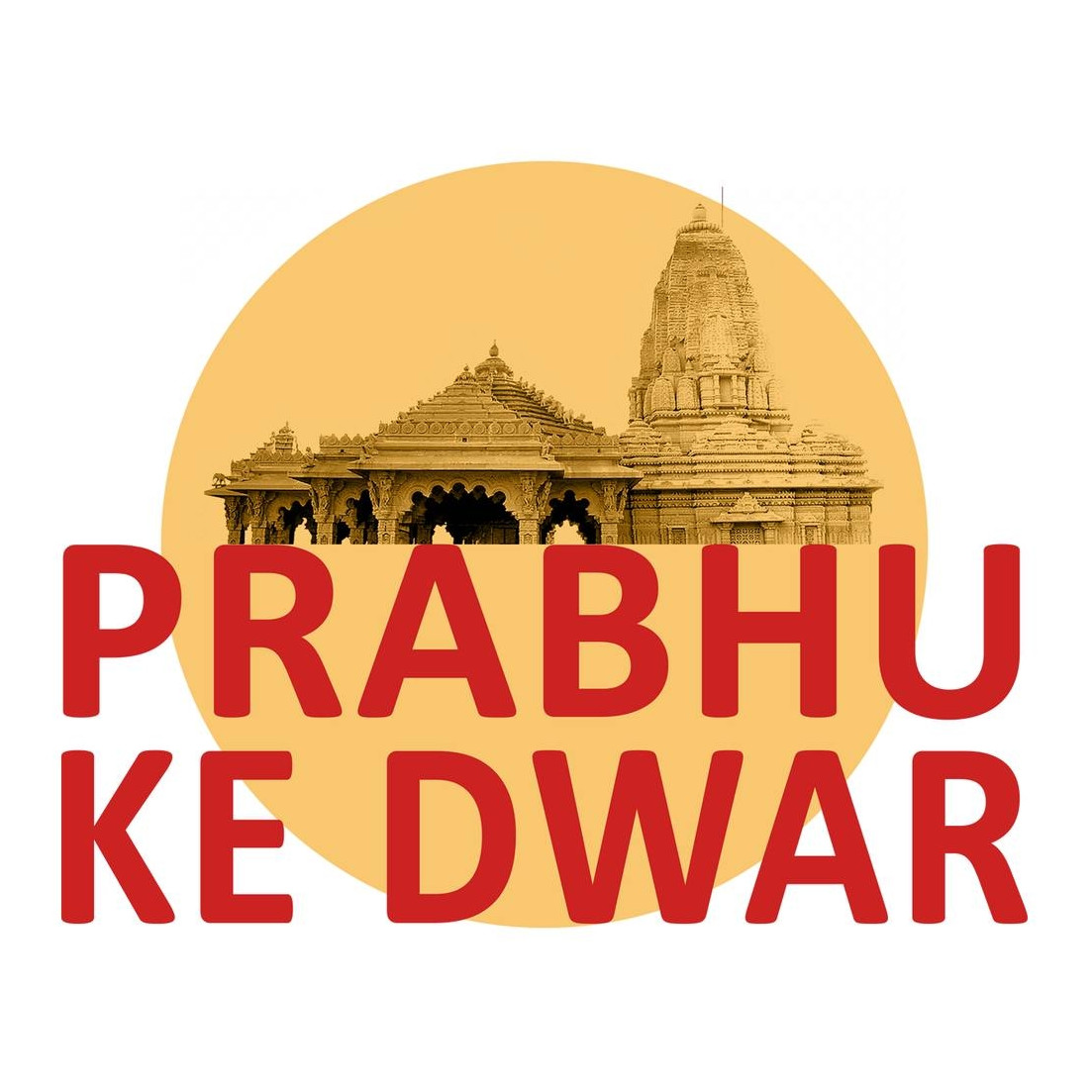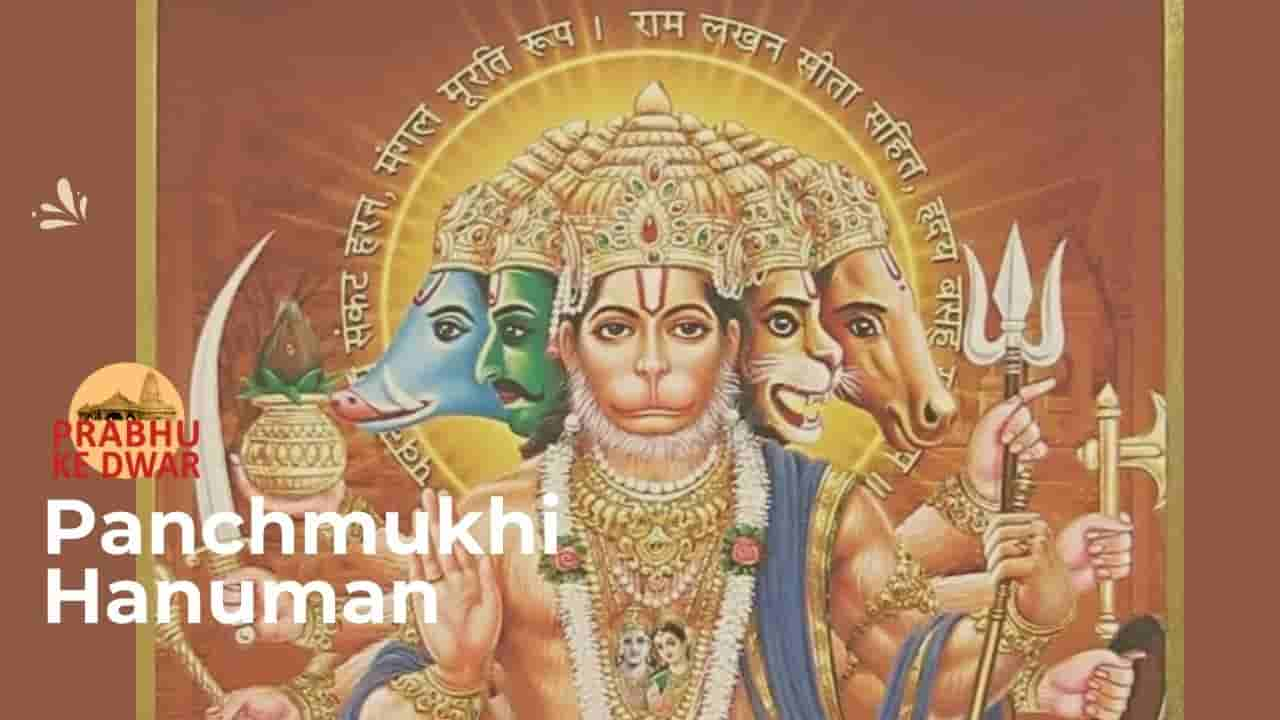Table of contents [Show]
- 1 Panchmukhi Hanuman: Guardian and Guide
- 2 Panchmukhi Hanuman Ji: Symbolism and Iconography
- 3 Panchmukhi Hanuman Photo: A Spiritual Connection
- 4 Panchmukhi Hanuman Kavach: Protective Charm
- 5 Panchmukhi Hanuman Mandir: Places of Worship
- 6 Which Direction Should Panchmukhi Hanuman Face?
- 7 Conclusion
- 8 Frequently Asked Questions (FAQs)
Panchmukhi Hanuman: Guardian and Guide
In Hindu mythology, Panchmukhi Hanuman is revered as a symbol of strength, devotion, and protection. Each of his five faces carries profound symbolism, representing different virtues and powers. Devotees often seek his blessings through prayers, rituals, and by placing his sacred image in their homes.
Who is Panchmukhi Hanuman?
Panchmukhi Hanuman, also known as Lord Hanuman with Five Faces, is a unique manifestation in Hinduism. According to mythological texts, he assumed this form to showcase his devotion to Lord Rama and to simultaneously serve Lord Shiva, Lord Vishnu, and other deities.
Origin and Mythological Background
Legend has it that during the Ramayana era, when Lord Hanuman was searching for the whereabouts of Goddess Sita, he encountered a powerful demon, Ahiravana. To defeat him and rescue Lord Rama and Goddess Sita, Hanuman revealed his Panchmukhi form, each face signifying a different aspect of divine power.
Significance in Hinduism
Panchmukhi Hanuman symbolizes courage, loyalty, wisdom, strength, and righteousness. Devotees believe that invoking his blessings brings protection from evil forces, spiritual growth, and fulfillment of desires.
Forms of Panchmukhi Hanuman
Each face of Panchmukhi Hanuman represents a specific deity:
- East: Hanuman's own face (Hanuman)
- West: Lord Narasimha (half-man, half-lion avatar of Vishnu)
- North: Lord Garuda (king of birds and Vishnu's vehicle)
- South: Lord Varaha (boar avatar of Vishnu)
- Center: Lord Hayagriva (horse-faced form of Vishnu)
Each face of Panchmukhi Hanuman carries deep symbolism and reflects divine virtues and cosmic energies.
Symbolism Behind Each Face
- Representation of Strength and Devotion: The central face of Hanuman signifies unwavering devotion and service to Lord Rama.
- Devotional Stories and Miracles: Stories from the Ramayana highlight Hanuman's extraordinary abilities and his unwavering loyalty to Lord Rama.
In artistic representations, Panchmukhi Hanuman is often depicted with:
- Common Features in Depictions: Mace (gada), lotus (padma), prayer beads (japa mala), and the sacred Sanjeevani mountain.
Panchmukhi Hanuman Photo: A Spiritual Connection
Panchmukhi Hanuman's photo serves as a powerful spiritual symbol in Hindu households. It is believed to bring positive energy, blessings, and protection to the home environment.
Importance of Having a Panchmukhi Hanuman Photo
- Enhancing Spiritual Atmosphere: Placing the photo in a prominent area promotes a serene and spiritually charged ambiance.
- Blessings and Protection: Devotees seek Panchmukhi Hanuman's blessings for safeguarding their families and overcoming obstacles.
Where to Place Panchmukhi Hanuman Photo at Home
According to Vastu Shastra, the ideal locations for placing Panchmukhi Hanuman's photo include:
- Best Locations According to Vastu Shastra: East or North direction of the house, preferably in a clean and well-lit area.
- Avoiding Inauspicious Placements: Avoid placing it in bedrooms or bathrooms to maintain sanctity.
Panchmukhi Hanuman Kavach: Protective Charm
Panchmukhi Hanuman Kavach is a sacred armor believed to offer immense protection and blessings to its wearer. It is adorned with powerful mantras and symbols associated with Hanuman.
Also Read : Hanuman: The Divine God - Myths, Powers, and Teachings
Meaning and Purpose of Panchmukhi Hanuman Kavach
Wearing the kavach is said to:
- Benefits of Wearing the Kavach: Provide courage, dispel negativity, and guard against malevolent energies.
- Rituals and Traditions Associated: Devotees perform rituals to activate the kavach's protective energies and invoke Hanuman's divine presence.
How to Obtain and Use Panchmukhi Hanuman Kavach
- Rituals for Activation: The kavach is energized through specific rituals conducted by priests or experienced practitioners.
- Stories of Protection and Divine Intervention: Many devotees share anecdotal experiences of miraculous protection and guidance after wearing the kavach.
Panchmukhi Hanuman Mandir: Places of Worship
Numerous temples across India are dedicated to Panchmukhi Hanuman, attracting devotees seeking his blessings for various purposes.
Famous Panchmukhi Hanuman Temples in India
- Locations and Historical Significance: Examples include the Mahavir Mandir in Patna and the Panchmukhi Hanuman Temple in Rameswaram.
- Rituals and Festivals Celebrated: Special rituals and festivals are conducted to honor Hanuman's devotion and divine grace.
Importance of Visiting Panchmukhi Hanuman Mandirs
- Devotee Experiences and Testimonials: Many devotees report profound spiritual experiences and positive outcomes after visiting these temples.
- Role in Community and Culture: These temples play a vital role in fostering community spirit and preserving cultural traditions.
Which Direction Should Panchmukhi Hanuman Face?
The orientation of Panchmukhi Hanuman's image holds significance in Hindu tradition, influenced by Vastu Shastra and symbolic representations.
- Concept of Facing Directions in Hindu Deities: Each direction symbolizes cosmic energies and divine attributes associated with the deity.
- Influence of Vastu Shastra on Placement: Vastu principles guide devotees in aligning spiritual symbols for optimal energy flow and auspiciousness.
Ideal Direction for Panchmukhi Hanuman
- Rituals for Establishing Proper Orientation: Devotees conduct rituals to consecrate and align Panchmukhi Hanuman in the east or north direction.
- Practical Tips for Devotees: Consultation with Vastu experts ensures adherence to traditional guidelines for spiritual sanctity and harmony.
Conclusion
Panchmukhi Hanuman the essence of devotion, courage, and protection in Hindu mythology. His multifaceted forms and symbolic representations continue to inspire millions of devotees worldwide, offering spiritual solace and divine guidance in times of need. Whether through his photo, kavach, or temples, devotees find solace and strength in his divine presence.
Frequently Asked Questions (FAQs)
1. What is the significance of Panchmukhi Hanuman? Panchmukhi Hanuman symbolizes strength, devotion, and protection. Each of his five faces represents a different deity, offering various divine virtues to devotees.
2. Where should I place Panchmukhi Hanuman's photo at home? According to Vastu Shastra, it is ideal to place Panchmukhi Hanuman's photo in the east or north direction of your home, in a clean and well-lit area.
3. How does wearing Panchmukhi Hanuman Kavach benefit me? Wearing Panchmukhi Hanuman Kavach is believed to provide protection from negative energies, instill courage, and invoke blessings for overall well-being.
4. Which direction should Panchmukhi Hanuman face in a temple? In temples, Panchmukhi Hanuman is generally placed facing the east, as it symbolizes the direction of enlightenment and the rising sun.
5. What are some famous temples dedicated to Panchmukhi Hanuman in India? Some renowned temples include the Mahavir Mandir in Patna and the Panchmukhi Hanuman Temple in Rameswaram, both known for their historical significance and devotee fervor.
Panchmukhi Hanuman continues to be a revered figure in Hinduism, embodying devotion, courage, and divine protection. Whether through rituals, temples, or personal devotions at home, devotees cherish his presence and seek his blessings for spiritual fulfillment and worldly protection. By understanding the symbolism behind each face and the significance of his various forms, one can deepen their spiritual connection with this beloved deity.




